As we grow older, certain aspects of our childhood that once brought us joy may now be viewed through a more critical lens. This shift in perspective often highlights elements that were once considered acceptable but are now recognized as problematic. Recognizing these aspects allows us to understand how societal values and awareness have evolved, leading to more inclusive and health-conscious perspectives.
1. Cartoons with Stereotypical Content
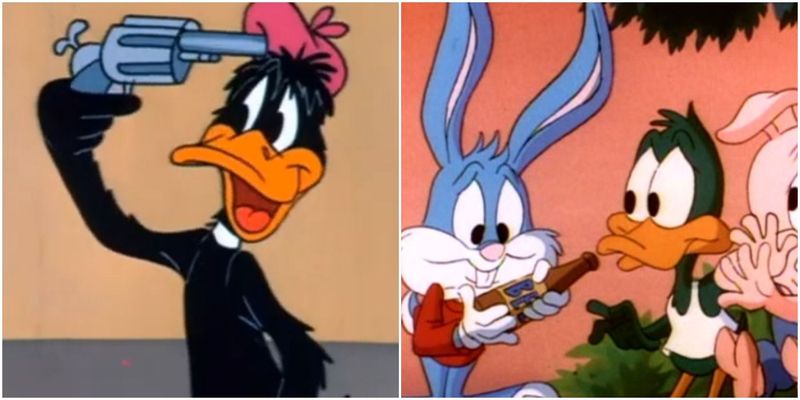
Looney Tunes and Tom and Jerry were staples of many childhoods, bringing laughter across generations. Yet behind the slapstick humor lurked disturbing racial and cultural stereotypes. Characters in these shows often reflected exaggerated features and behaviors that perpetuated harmful stereotypes. Over time, critics have highlighted how such portrayals contribute to biased attitudes. Today, these cartoons are examined more cautiously, with awareness of their latent messages. Did you know? Some episodes have been pulled from circulation due to offensive content, underscoring the ongoing reevaluation of media from past eras.
2. Gender Stereotyping in Media
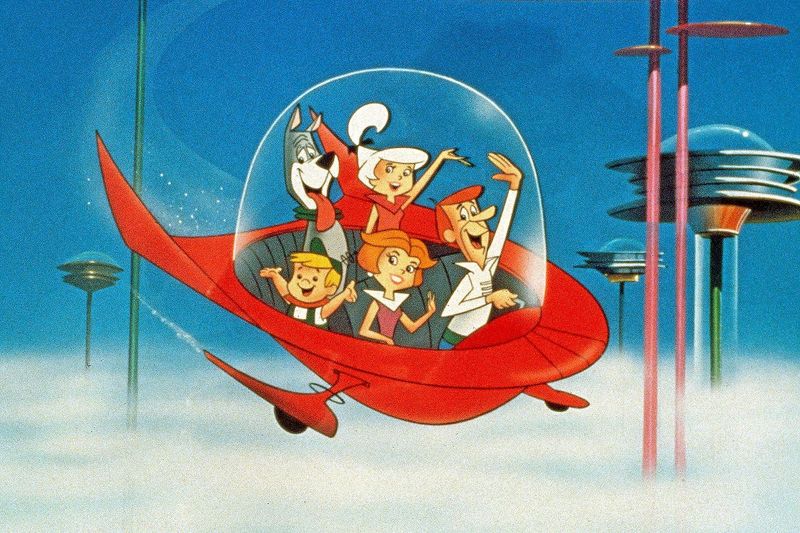
Remember The Jetsons? While envisioning a futuristic world, it ironically reinforced outdated gender norms. Female characters were predominantly shown in domestic roles, cementing stereotypes of women as homemakers. This limited portrayal ignored the complexity of gender roles. As society evolves, there’s a growing push for media to represent diverse and empowering roles for all genders. Today, creators are more mindful of these narratives, striving for inclusivity. Fun fact: Despite its futuristic setting, The Jetsons failed to foresee the progressive gender dynamics of the 21st century.
3. Inappropriate Humor in Children’s Shows
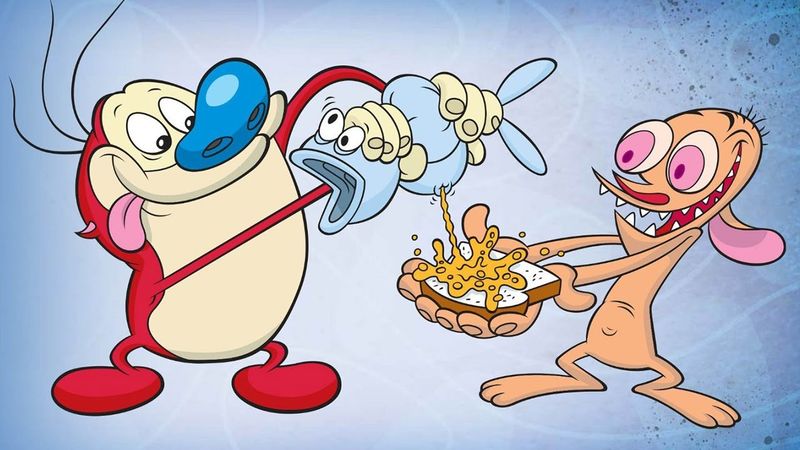
Ren & Stimpy challenged the norms of children’s programming with its edgy, often crass humor. The show’s toilet jokes and innuendo were groundbreaking, offering an alternative to typical wholesome cartoons. However, such humor is now scrutinized for its suitability for young audiences. Critics argue that exposure to such content may desensitize children to inappropriate themes. Despite this, the show remains a cultural touchstone for its boldness. Did you know? Ren & Stimpy was initially intended for adults, explaining its mature themes masked in animation.
4. Unhealthy Food Choices
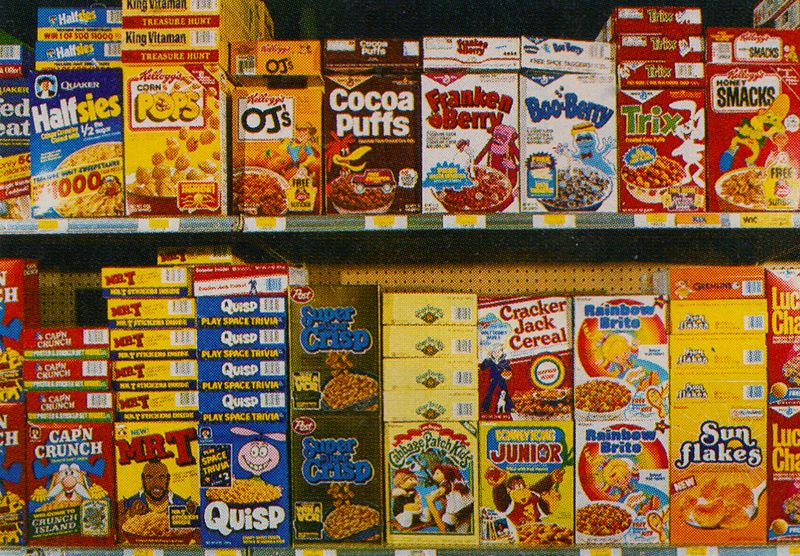
Sugary cereals were a breakfast staple for many kids, delighting taste buds with every crunch. But beneath the fun packaging and catchy jingles lay a nutritional void. These cereals, laden with sugar, have been linked to various health issues, including obesity and dental problems. Modern parents are more conscious about diet, leaning towards healthier alternatives. Fun fact: Some of these cereals contain more sugar than a candy bar per serving! The shift towards nutritious breakfast options marks a significant change in dietary awareness.
5. Unsupervised Play
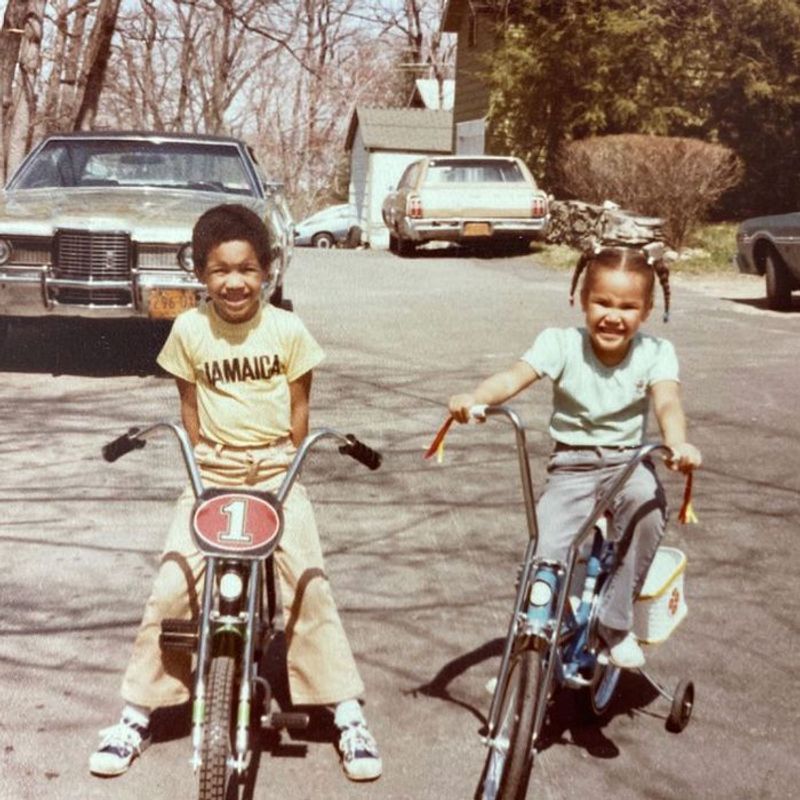
Remember when playing outside until the streetlights flickered on was the norm? Unsupervised play fostered independence and creativity. However, it also posed safety risks, as kids roamed neighborhoods without adult oversight. Today, increased awareness of potential dangers has led to more structured and supervised playtime. This shift prioritizes safety but sometimes at the cost of spontaneity and exploration. Did you know? Statistically, neighborhoods today are safer than in the past, yet parental concerns have risen, changing the landscape of childhood play.
6. Smoking as a Social Activity

There was a time when smoking was glamorized in media, depicted as a cool social activity. Teen shows and movies often featured characters puffing away, influencing young minds. With increased awareness of smoking’s health risks, this image has drastically shifted. Smoking is now widely recognized as harmful and socially discouraged. Many regions have implemented strict regulations on smoking advertisements and public smoking. Did you know? Historical ads once touted cigarettes as stress-relievers, a stark contrast to today’s stringent anti-smoking campaigns.
7. Gender Roles in Toys

Toys from the past were often segregated by gender, perpetuating traditional roles. Action figures were marketed to boys, fostering notions of adventure and strength, while dolls were aimed at girls, emphasizing nurturing and beauty. Such divisions limited children’s play experiences and reinforced stereotypes. Today, there’s a conscious effort to design toys that appeal to all genders and encourage diverse interests. Did you know? Some toy manufacturers have begun removing gender labels altogether, promoting inclusivity in play.
8. Lack of Diversity in Media

Many childhood shows lacked diversity, offering a narrow perspective of the world. Characters were predominantly white, neglecting the rich tapestry of global cultures. This absence of representation has been recognized as problematic. Modern media strives for inclusivity, showcasing diverse characters and stories. The shift reflects an evolving understanding of the importance of representation. Did you know? Shows like Sesame Street were pioneering in their commitment to diversity, featuring a multicultural cast from its inception.
9. Unquestioned Authority Figures
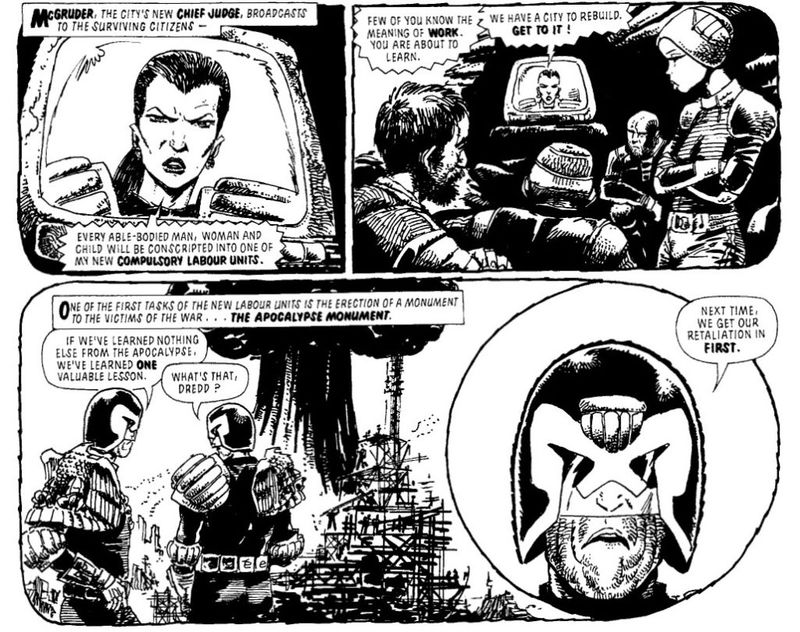
In many classic cartoons, authority figures were often depicted with unquestioned respect. This portrayal could discourage critical thinking and independent thought among young viewers. As society places greater value on inquiry and skepticism, such dynamics are reevaluated. Encouraging children to ask questions and challenge norms is now seen as vital for personal development. Did you know? Some educators use former media depictions to discuss the importance of questioning authority with students today.
10. Overemphasis on Materialism

Childhood media and toys often emphasized material wealth, equating happiness and success with possessions. Characters idolized those with the most toys or gadgets, promoting consumerism. This message has been recognized as promoting unhealthy values. Modern narratives encourage valuing experiences and relationships over material goods. Fun fact: The phrase “keeping up with the Joneses” originated from a comic strip, highlighting this societal pressure to accumulate wealth.
11. Inappropriate Content in Children’s Programming

The Grim Adventures of Billy and Mandy stood out with its macabre humor. The show’s gallows humor and dark themes were unique among children’s programming. However, such content is now evaluated for its appropriateness for young viewers. Critics argue that exposure to dark themes may affect children’s perception of reality. Despite this debate, the show remains a cult favorite for its distinct style. Did you know? The show was inspired by creator Maxwell Atoms’ fascination with horror and fantasy genres.
12. Unhealthy Body Image Portrayals
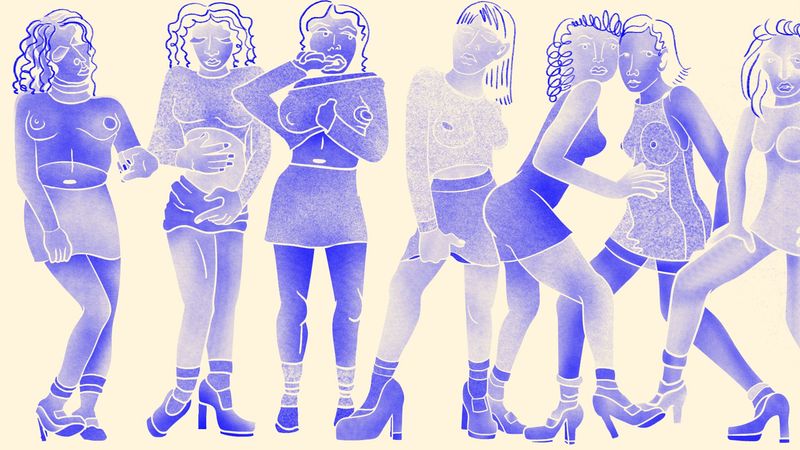
Media from the past often depicted unrealistic body standards, influencing young minds. Glossy magazines and TV shows showcased airbrushed, unattainable physiques. These portrayals contributed to issues with body image and self-esteem. Today, there’s a push for representation of diverse body types, promoting self-acceptance and healthy lifestyles. Did you know? Some brands are leading the charge by featuring unedited photos in their campaigns, celebrating natural beauty and authenticity.

Well, hello there!
My name is Jennifer. Besides being an orthodontist, I am a mother to 3 playful boys. In this motherhood journey, I can say I will never know everything. That’s why I always strive to read a lot, and that’s why I started writing about all the smithereens I came across so that you can have everything in one place! Enjoy and stay positive; you’ve got this!

